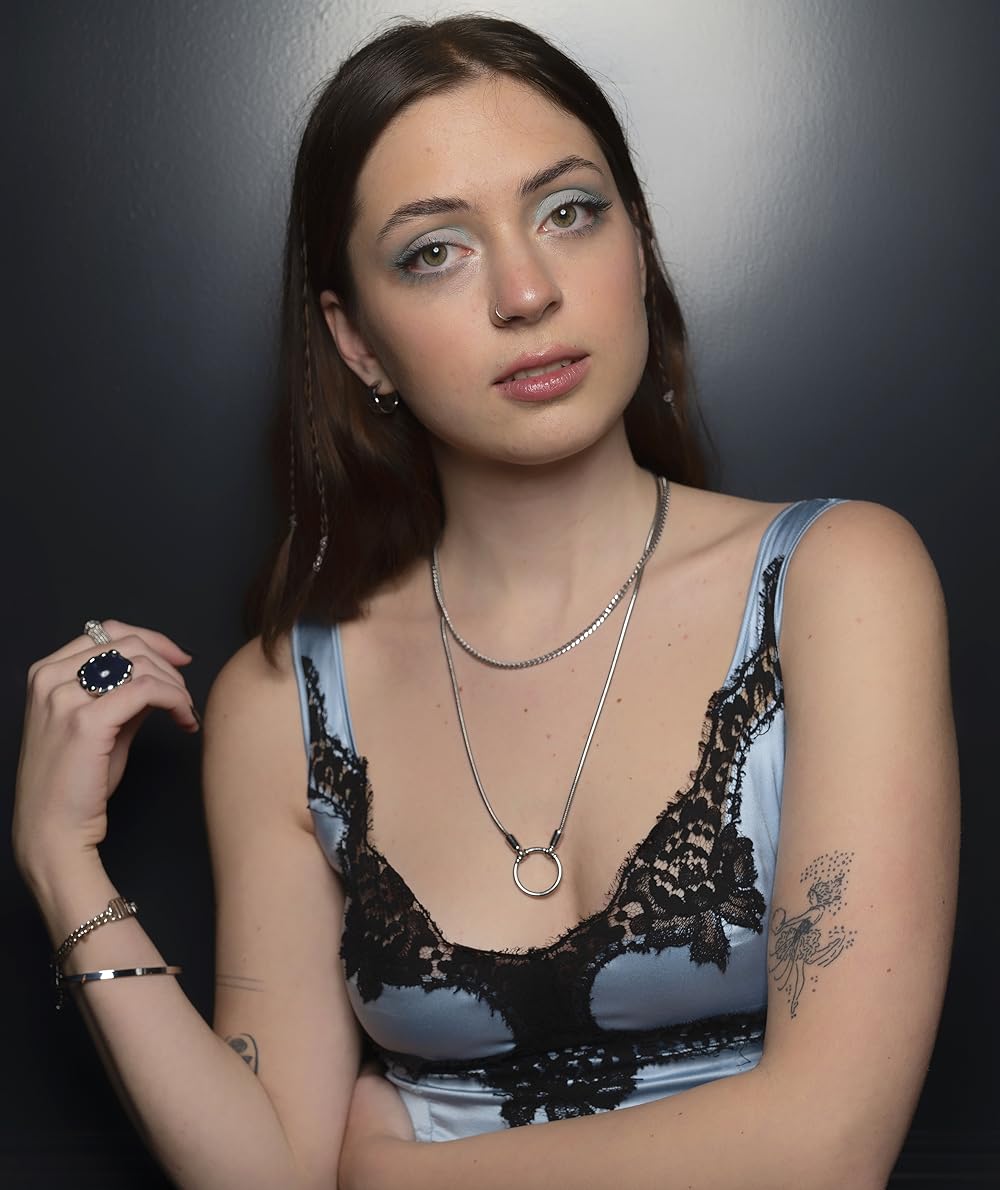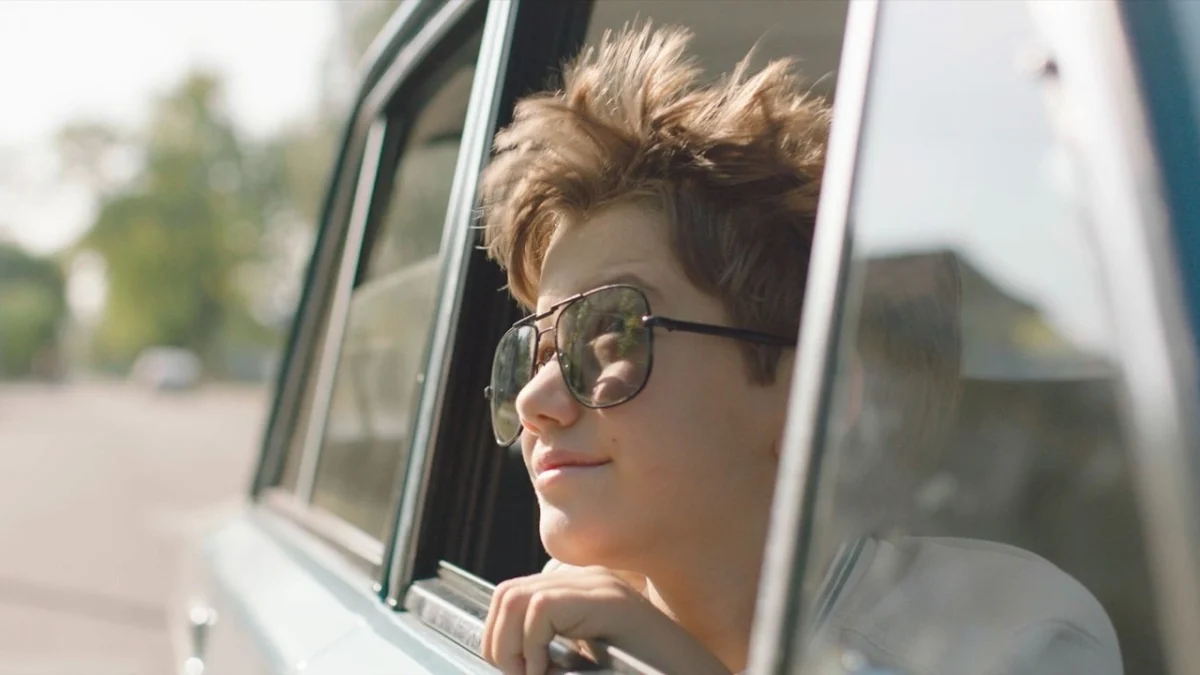
A day has come to an end in rural Montana and the sun has receded to an area of the world in greater need of brightening. It leaves behind a faint gray haze, which drapes itself over a long beautiful terrain on the outskirts of a nearby city. In the distance lies a tall mountain that hovers over acres of undisturbed western land. Incoming freight train horns begin to blast away from afar as the train’s bright headlights penetrate the looming gloomy mist.
Slowly, but surely, the train rolls by with its cargo intact. Like a boat drifting across water, we watch the rolling train’s slow glide over its rusty tracks. To get to its destination, this train seems to have all the time in the world.
Trains clearly fascinate director-screenwriter Kelly Reichardt. They appear in the opening of her 2008 film “Wendy and Lucy,” and once again serve as her opening statement in her 2016 effort “Certain Women.” However, neither films are about or have anything to do with trains, so what is her intent in kicking things off with this mode of industrial transportation?
For Reichardt, the chugging train not only provides a means for establishing the world that her film will take place in, but it more importantly serves as a metaphor for the world that films like “Certain Women” present. In a 2014 interview with The Guardian, Reichardt described her films as, “just glimpses of people passing through.”
Similar to a train, which passes through place after place at a steady pace, Reichardt’s films introduce characters whose lives have been consistently moving forward. She allows us to stop and catch a brief glimpse of their simple beauty, but before you know it they roll past, almost as if having been revealed by chance.
Reichardt isn’t particularly concerned with taking up time to establish characters in “Certain Women.” The film’s first character, Laura (Laura Dern), is introduced tidying herself after taking a break from her day job for some quick motel sex.
The second character, Gina (Michelle Williams), is dressed in full runner’s attire, yet she only musters up a brief jog before the endeavor ends and she stops to light up a cigarette – which based on her bodily expressions, is what she actually needed to do to shed some stress. The film’s last main character is Jamie (Lily Gladstone). She tends horses and lives in isolation out on a bleak ranch.
The lives of these three characters are derived from short stories in author Maile Meloy’s collection “Both Ways Is the Only Way I Want It.” They intersect with one another throughout the film, but only in subtle and indirect ways. Yet the fact that they connect at all helps the viewer understand that their themes of loneliness, disconnection and new hope need to be looked at as a whole.
There is a pattern of simplicity throughout “Certain Women” and Reichardt’s other works. This pattern can be found in her work as the main editor in her films. This provides an opportunity to demonstrate intense control over how time is presented during fleeting moments in her characters’ lives.
Like the freight train, which leisurely passes by bearing a heavy weight in the film’s opening image, moments within “Certain Women” at times move slowly. Yet in toning down the pace of editing, Reichardt asks the viewer to sit through moments of awkward silence and subtle conversational nuances that happen to occur in all of our lives without us likely realizing. It becomes immediately apparent how vital these small things are in the greater scheme of the characters’ lives as well as our own.
If I had to summarize “Certain Women” in one word, it would be “genuine,” as it aptly describes the film’s characters, stories and style. Reichardt is among the greatest American independent filmmakers today and forces outside her artistic sensibilities never jeopardize her work.
Some may not have fun sitting through this film, as nothing particularly dramatic or exciting happens in its depiction of three alternate lives. But sometimes when cinema tries less to excite and focuses more on revealing the ordinary, it has the uncanny ability, unlike any other art form, to depict the extraordinary. Reichardt achieves this with “Certain Women.” Never before has so little seemed so great.
William Plotnick can be reached at [email protected].


















